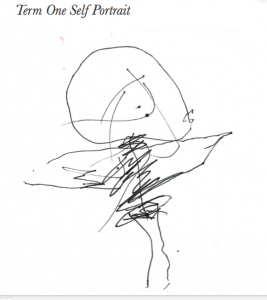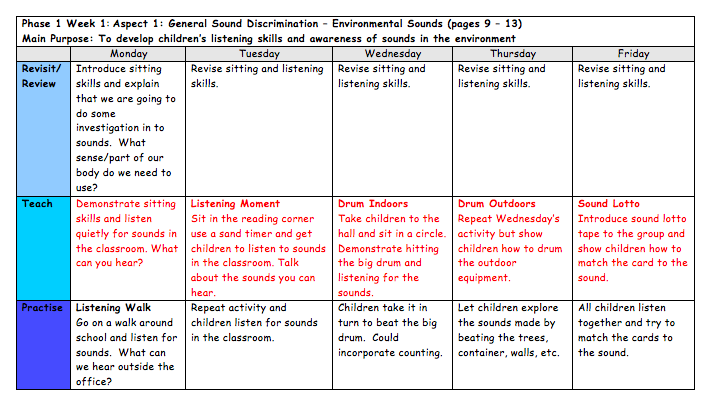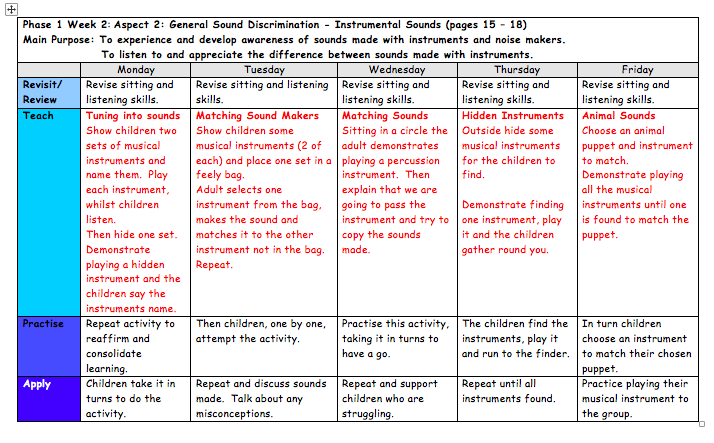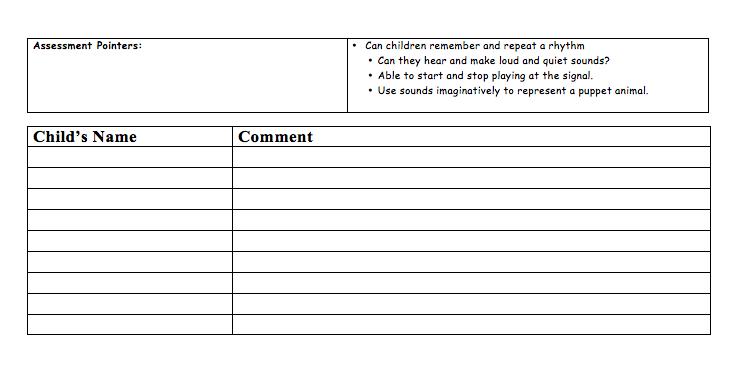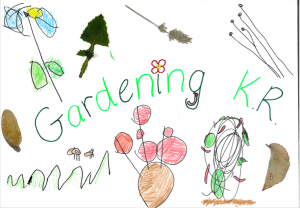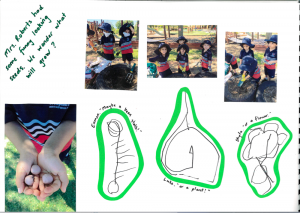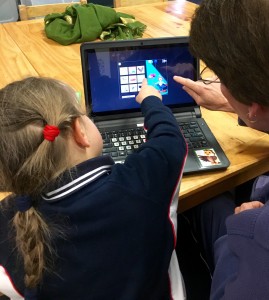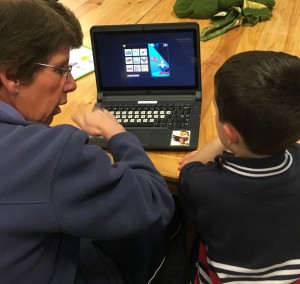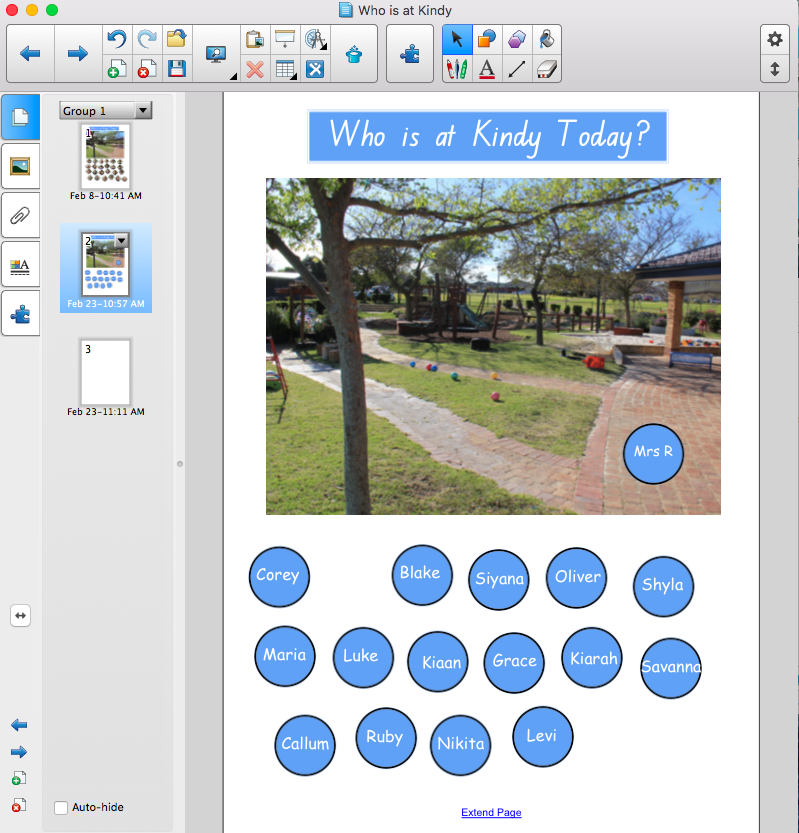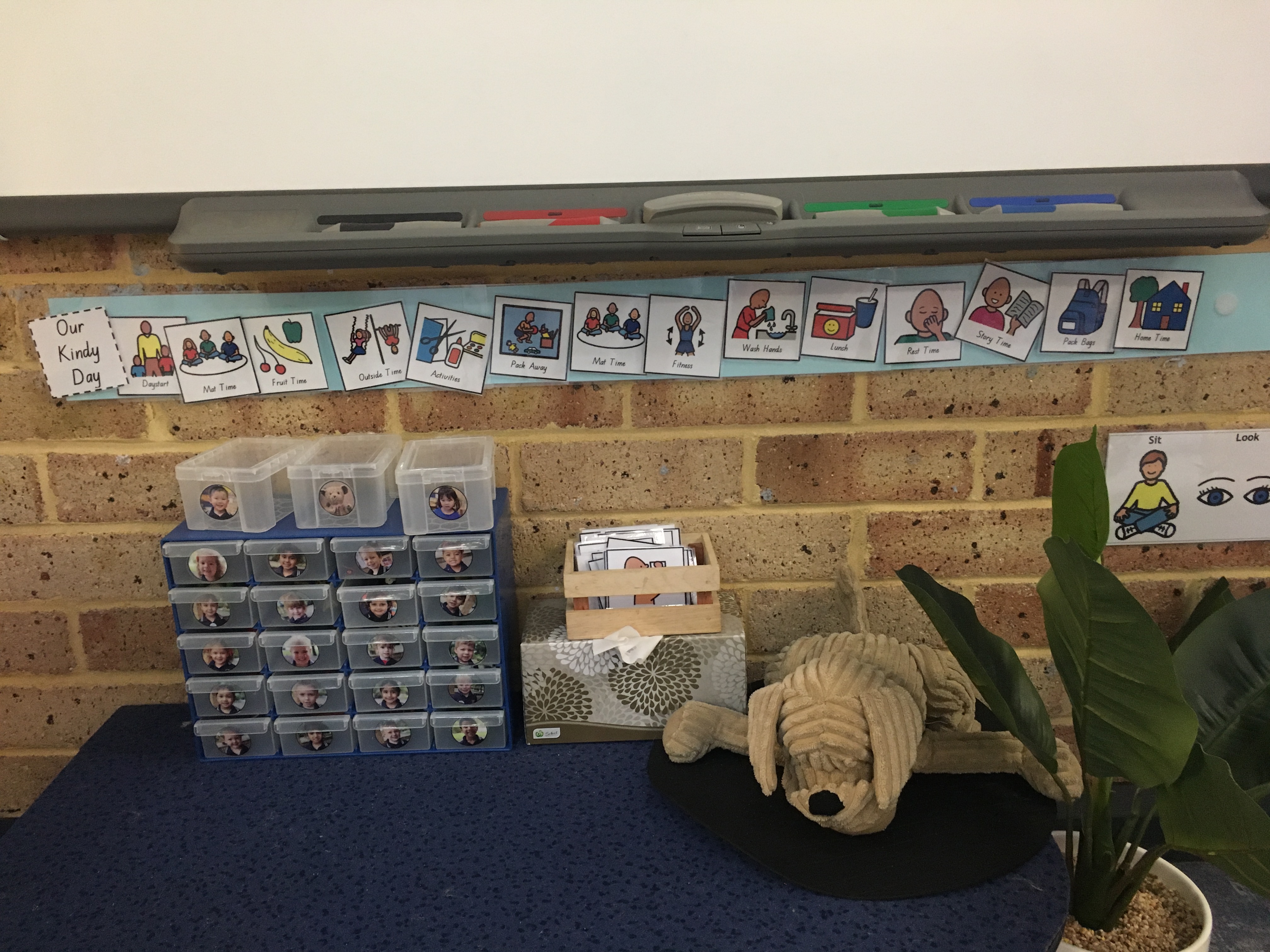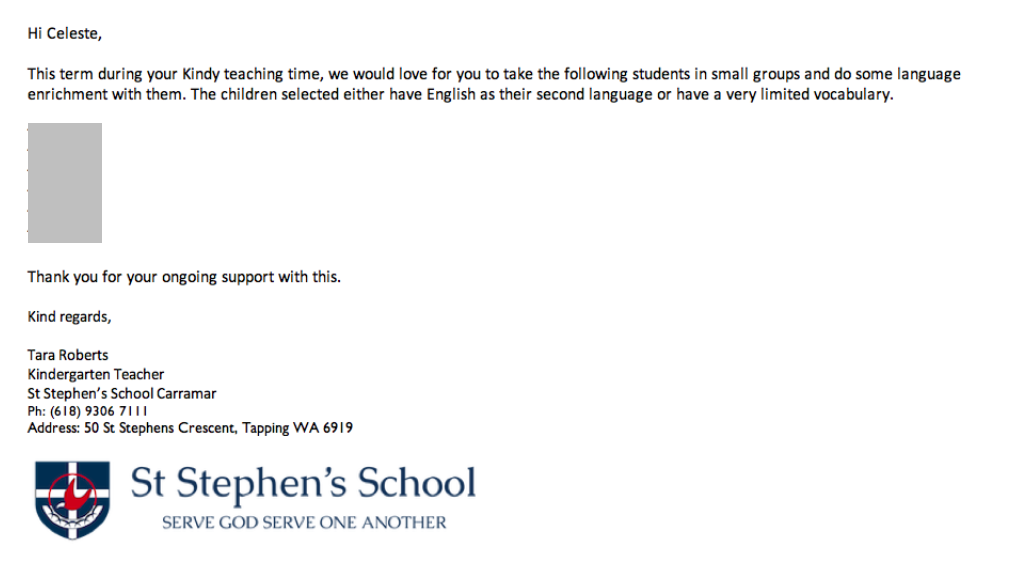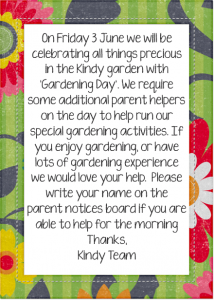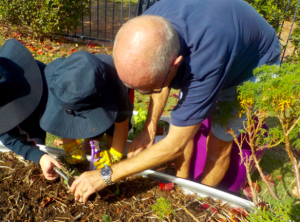Plan for and implement effective teaching and learning
________________________________________
3.1 Establish challenging learning goals
Set explicit, challenging and achievable learning goals for all students.
The following document is a targeted plan that I designed for a child in my class who has selective mutism. I created this plan to develop her confidence, sense of belonging and phonological awareness. The targeted plan includes a learning goal specifically to develop her participation and engagement.
The following work sample and feedback includes an explicit, challenging and achievable goal that I set for a child in my class after assessing his drawing and pencil grip.
_________________________________________________________
3.2 Plan, structure and sequence learning programs
Plan and implement well structured learning and teaching programs or lesson sequences that engage students and promote learning.
In 2017, we began to use the phonics program “Letters and Sounds: Principles and Practice of High Quality Phonics” to build a strong foundation for the students’ phonological awareness. The program is carefully sequenced to promote the children’s auditory discrimination. The program includes a range of activities focusing on environmental sounds, moving on to instrumental sounds and body percussion. These activities are implemented to develop a strong foundation of phonological awareness before moving on to more complex activities such as rhythm and rhyme, alliteration, voice sounds and oral blending and segmentation.
The following document is a snap shot of the initial plan in Kindergarten.
In 2017, I began to use ‘Thinking and talking floorbooks’ as a way to document the projects and inquiries that groups of children in my class were experiencing. The following excerpt from a floorbook demonstrates my well structured learning program and sequences that engages children and promotes their learning.
______________________________________________
3.3 Use teaching strategies
Select and use relevant teaching strategies to develop knowledge, skills, problem solving and critical and creative thinking.
Play-based learning plays a critical role in the development of knowledge, skills, problem solving, critical and creative thinking. The theory of loose part play was developed by Simon Nicholson. He believed that children are naturally creative beings, and that their creativity should be nurtured. He believes that when children were presented with ‘finished’ materials it left little to the imagination. Nicolson decided that the best way to develop children’s imagination and creativity was through presenting them with ‘loose parts’. These ‘loose parts’ are old materials that we use in our every day life. There is no set purpose for the parts, and so the children are presented with limitless opportunities. In our Kindergarten we understand the value of loose part play and implement it within our program. The children are presented with old materials, and as they engage with the resources, they are often confronted with problems which challenge their knowledge, critical thinking, creative thinking and problem solving.
The following document is a learning story which documents a child in my class’ development of some of these skills.
To encourage problem solving, critical thinking and creative thinking, we use inquiry based learning as our main approach to teaching and learning. We use effective questioning to challenge the children’s thinking and to stimulate their thought. The following excerpt from a planning document, and samples from the floor book includes examples of how the children began to use problem solving to achieve their outcome through intentional questioning from a staff member.
————————————————————————————————————————–
3.4 Select and use resources
Select and/or create and use a range of resources, including ICT, to engage students in their learning.
The children in Kindy Roberts are given access to a laptop with a program called “Earobics”. Earobics is a play-based program used to develop children’s phonological awareness. The program is responsive to the children’s answers and makes it harder or easier for them as they require. As the children are exposed to the program, they will move from using the program one on one with an education assistant, to using it as an independent activity.
In 2017, I created a resource to help the children to recognise their names. When the children arrive in Kindy, they go up to the interactive whiteboard and move their name onto the photo of the school.
_______________________________________________________
3.5 Use effective classroom communication
Use effective verbal and non verbal communication strategies to support student understanding, participation, engagement and achievement.
To support a child in my class with selective mutism, I wrote a targeted plan to support her engagement and communication with me. The plan included strategies such as the implementation of visual aids. The child used these to communicate her needs, wants and feelings to staff members. To informally assess her understanding, I modified my questions from sentences such as, “What number is this?” to “Can you draw this many squares on the white board?” this allowed the child to use non-verbal communication to demonstrate her knowledge. The following document shows an example of how I modifed my communication methods to support her participate, engagement and achievement.
In a kindergarten context, children require routine to develop a sense of predictability and belonging. I use a visual display to communicate to the children what comes next in their day.
_________________________________________________________
3.6 Evaluate and improve teaching programs
Evaluate personal teaching and learning programs using evidence, including feedback from students and student assessment data, to inform planning.
After taking observations and reflecting on the children’s play, I realised that my inquiry plan for the term didn’t align with the children’s interests. After a coaching session with The Early Years Curriculum & Pedagogy coach, I decided to try out a new way of inquiry based learning by doing 3 small projects with my class instead of a whole class inquiry. This meant that the curriculum became much more emergent, and student led. I modified my program to meet the needs and interests of my class to allow them to engage in deeper, more authentic learning.
The following document was my initial planning document for my whole class inquiry.
Kindy Inquiry Project Planning Term 1 2017 – FINAL-10y5ucz
The documents below include my new planning documents, after using feedback from the student assessments.
Kindy RO ROCKETS INQUIRY -2fqfj2y
At the beginning of Term 1 2017, I met with the Pre-Kindy teacher and learning assistant to obtain notes and information about children in my class. I used this data to help inform my teaching program by identifying a common need (Children who had english as a second language or limited vocabulary). I organising for the learning enrichment coordinator to take these children in small groups and run some sessions with them.
____________________________________________
3.7 Engage parents/ carers in the educative process
Plan for appropriate and contextually relevant opportunities for parents/ carers to be involved in their children’s learning.
In Term Two 2016, the children were engaging in an inquiry about ‘precious things’. The children had decided that nature was precious and they need to take care of it. As a part of our inquiry, we decided to have a gardening day to look after our Kindy garden. The children participated in a range of activities including adding compost to the soil, creating a scarecrow, making bird feeders, wind chimes, fairy gardens and planting vegetables and herbs. We sent a note out to parents, and asked if they enjoyed gardening or had lots of gardening experience if they would be willing to help us. We had 6 parents come in to help us on gardening day, and even some grandparents.
During term 4 2016, we invited some families to come in and share with the students about Diwali. We acknowledged that Diwali is celebrated as a family so we invited parents to help teach the children about their culture.
___________________________________________________________

